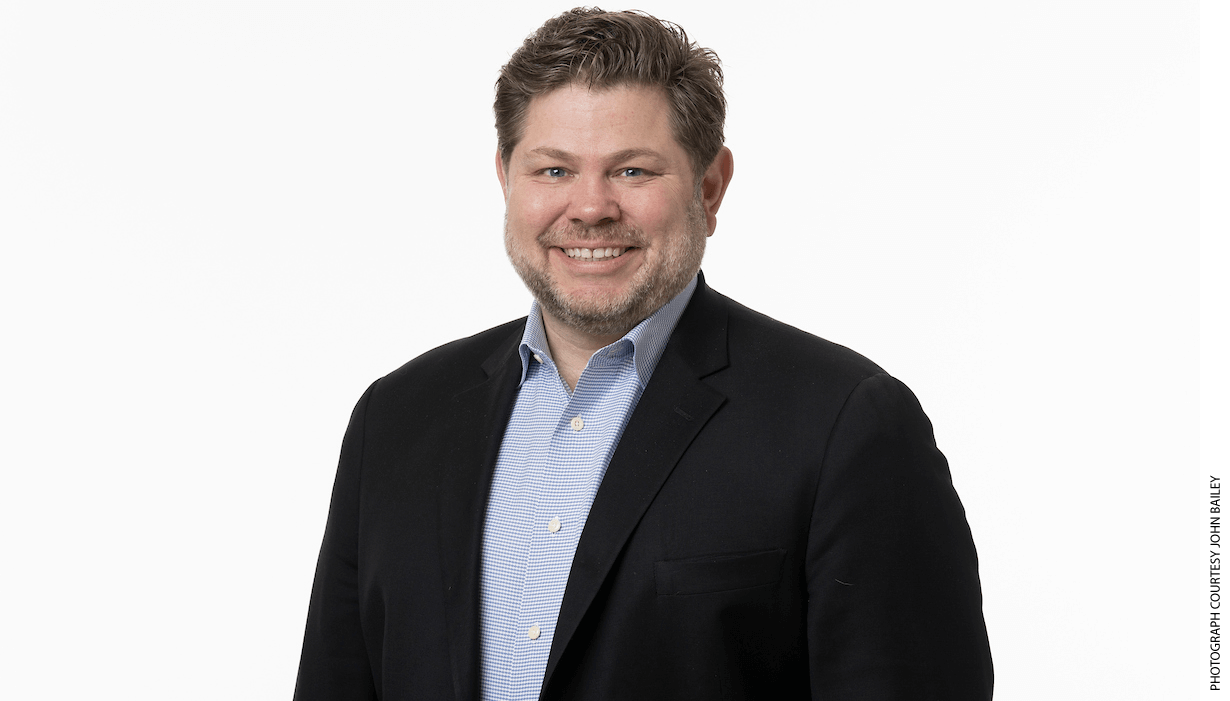
School closures have emerged as a centerpiece of efforts to slow the spread of the novel coronavirus that causes Covid-19. Education Next editor-in-chief Martin West recently interviewed John Bailey about when schools should reopen and what school leaders can do in the meantime. Bailey is an adviser to the Walton Family Foundation and a visiting fellow at the American Enterprise Institute. He previously served in the White House, U.S. Department of Commerce, and U.S. Department of Education. His article, “Covid-19 Closed Schools. When Should They Reopen?” is available at EducationNext.org.
Martin West: Initially, most closures were scheduled to last only two to four weeks. Why do you think governors took that approach, and was it the right move?
John Bailey: First, that approach took advantage of a natural break in the school calendar, spring break. Second, the Centers for Disease Control has always recommended two-week closures, because that’s thought to be the maximum time in takes symptoms to surface, so you can see if other cases arise. Third, it gave governors time to reevaluate, based on our evolving understanding of the virus and on any firmer guidance coming from CDC and health officials.
These initial short-term closures mean that governors now have to decide when they should reopen schools. Many efforts are underway to model the disease’s spread and inform policy through the results. Where do school closures fit in?
Schools will probably be closed for the rest of the academic year, given current projections. We’re likely to see schools back open for next year, but we’re also likely to face a rebound, another wave of the virus. As a result, we may see targeted closures, meaning that when cases start reaching a certain threshold with local hospitals, schools would be closed for two to four weeks in an area or entire state, depending on how widespread the outbreak is.
There are questions around a lot of the data variables that go into those models. The faster we can get tests out there, and the faster we can get some of that data into these models, the clearer the picture will be, and we can generate recommendations for how long these closures should last and when we can open up schools.
Not everyone is on board with the idea of extended school closures. You point to experts like Thomas Frieden, who directed the Center for Disease Control under President Obama, and Andy Slavitt, another Obama administration official, both of whom have been skeptical of the value of school closures. What’s their perspective, and why do their recommendations differ?
Their recommendations reflect the disagreement within the scientific community at that time. We know little about this particular virus, and that has complicated our previous assumptions. Normally, with a pandemic influenza, you close schools to slow the spread and also to protect children, who tend to be more vulnerable. With Covid-19, though, children seem largely resistant to the most severe symptoms but might still be carriers. The data have a lot of question marks, so officials are falling on the side of not overreacting but instead buying a bit more time before making a final decision on the schools. Even those who were skeptical at first have since supported not only school closures but also the more aggressive social distancing measures we saw used in March and April.
Despite much uncertainty, it seems clear that education leaders and policymakers should expect a longer closure at this stage that may even extend into the next academic year, at least in virus hot spots. How should they be preparing?
Schools have heroically but hastily thrown
together remote learning plans as well as distribution sites to help get meals to students. Now there’s a bit of time to start reflecting on what’s working, what’s not, what are the gaps, and how do we patch together a system to help serve kids, teachers, and families for the remainder of the school year.
We need to use the summer to prepare for the next school year. The break will give districts and policymakers a chance to develop better remote learning plans and do professional development with teachers.
Schools are usually in what’s called medical surveillance, meaning that as children show up with different symptoms, that information feeds to local health officials, and then up to state officials, that data will likely help trigger some closures and other social distancing measures. Schools will be on the front line of surveillance. And they’re going to be on the front line of helping make sure that kids are getting the education and other supports they need to continue their learning.
This is an edited excerpt from an episode of the EdNext Podcast.
Read more from Education Next on coronavirus and Covid-19.
This article appeared in the Summer 2020 issue of Education Next. Suggested citation format:
Education Next (2020). “We’re Likely to Face Another Wave of the Virus” – Policy adviser John Bailey on deciding to close schools and how to prepare for fall. Education Next, 20(3), 84.


